Current Landscape: K-12 Approaches to Climate Literacy
The embedding of climate literacy, green skills and, by effect, green pathways, looks more like a scatter plot than a curve or upward trend. This section shares a few of the ways people and organizations are starting this work.
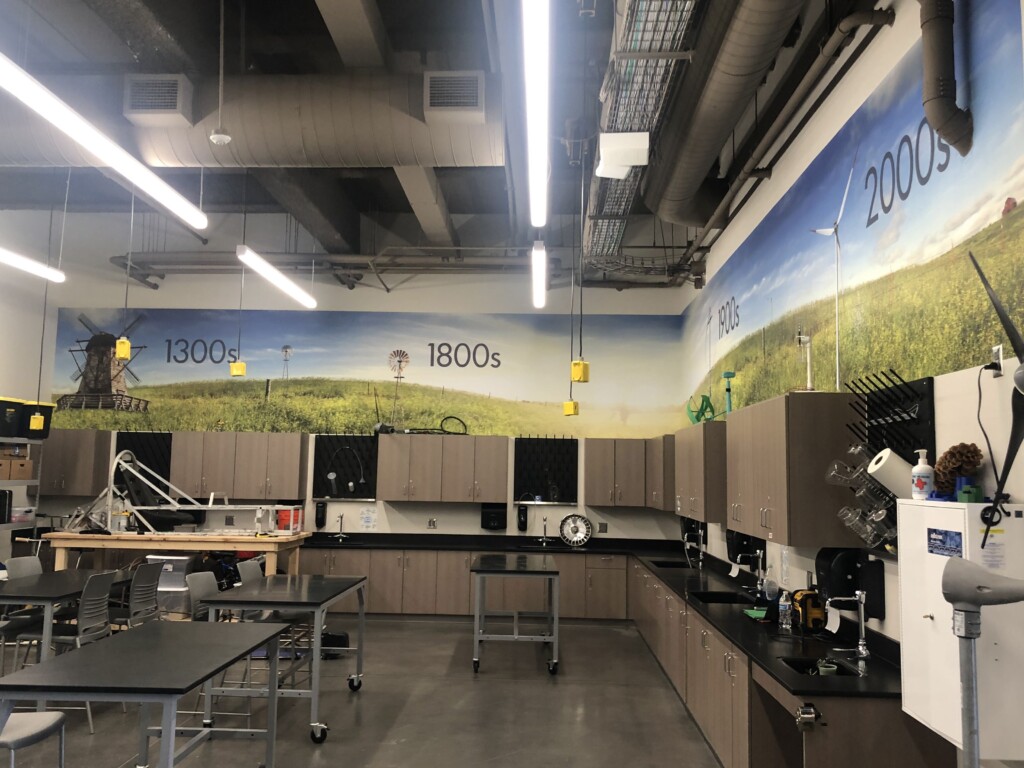
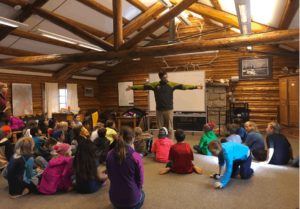
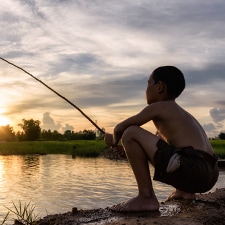
Key Takeaways

Siloes
There are many great examples of how to get started in green pathways and climate literacy. Unfortunately, many of them are siloed.

Whole-Picture
We need to take a more whole-picture approach to embedding sustainability and the environment in the classroom.

Connect Initiatives
We need to be more intentional with creating pathways so initiatives and learning don’t feel disconnected.
Current Landscape
As with most innovations in education, the embedding (or requirement) of climate literacy, green skills and, by effect, green pathways, looks more like a scatter plot than a curve or upward trend. A few groups are seeking to better prepare young people for an uncertain future, although very few programs are preparing young people for our more certain future – one that is dependent on an incomprehensibly large transition to clean energy and on a strict timeline.
Schools and districts have a critical role to play in making these new opportunities mainstream so that all students have access to place-based work opportunities as well as the skills to make them competitive for university or the workforce at large. Just like technology has disrupted the world we live in, so will sustainability. Schools must prepare our youth for the inevitable transition. Below, you’ll find some schools, organizations, non-profits, universities, and businesses are creating opportunities to introduce climate literacy and green skills to students.
Climate and Curriculum
There has been ample dialogue on the need to infuse climate education into curriculum so that students are aware of the environmental landscape and the impact of various activities on both nature and our systems. These efforts are largely being led by organizations and activists pushing to ensure all students have access to some sort of climate education. For the moment, exposure to this type of learning remains limited, and tends to focus on awareness-building rather than providing meaningful pathways to action, much less guidance on how this relates to future employment.
State Standards
From a policy angle, there is much to be done. At least 29 states have some mention of the climate crisis in science and 40 in social studies. While this is a great first step in raising awareness, these standards might be limited in their ability to engage students in the topic and equip them with green skills. Fortunately, this trend in embedding climate literacy should continue to both improve and evolve with time. Some states (15) are working towards passing bills requiring climate change education although there is ample opportunity to create a more robust and holistic curriculum on how sustainability and green skills will disrupt the future of work.
Alternative Curriculums
Due to the slow pace of policy, many organizations have taken it upon themselves to create resources, curricula, and programming to help students engage in climate change. Organizations like Take Action Global and Thoughtbox are working to bring climate education to all students. This type of curriculum is often more holistic than traditional standards weaving together well-being, skill-building, and opportunities to connect students with nature by suggesting hands-on opportunities for students to solve for a better tomorrow. While a good starting point, these curricula may lack direct mention of green jobs or how skills transfer to the world of work.
Additionally, some schools and districts have started embedding climate literacy in revised textbooks: Clean Energy Sustainability Education, and Economic Development (SEED) Center, Center for Renewable Energy Advanced Technological Education (CREATE), Building Efficiency for a Sustainable Tomorrow (BEST) Center.
Project-Based Learning has also been seen as a great way to start the conversation around sustainability and to let young people run with their pre-existing passions about “work that matters” and participating in community projects. A few examples are:
- SEI energy competition
- Climate Corps
- Cohasset Centre for Student Coastal Research
- Virginia Solar Project
Electives, Classes, and Green Programming
Others are thinking more about trades, jobs and upskilling. There are ample opportunities to redesign pre-existing electives and classes, as well as add new offerings that point towards a more sustainable future. In a recent CTE publication from the Aspen Institute, they state that: “Most states with programs or classes that focus on clean energy do so through an engineering lens or in the context of an environmental services or agricultural pathway. Many states also have pathways that focus on natural resources without an explicit emphasis on sustainability or green technology. Often programs that have a class on renewable energy also have classes on nonrenewable energy […] Agricultural programs often mention sustainable practices but do not include this as a clear focus of a program or course.”
Examples
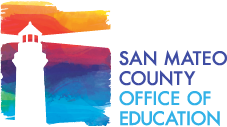
Green Career Awareness
This program in San Mateo County “includes numerous, standards-aligned Project-Based Learning instructional modules that help students move from theory to action, ‘Green Careers’ field trips that directly engage students with local business partners, and a high school ‘Green Careers’ course and pre-apprenticeship program.”
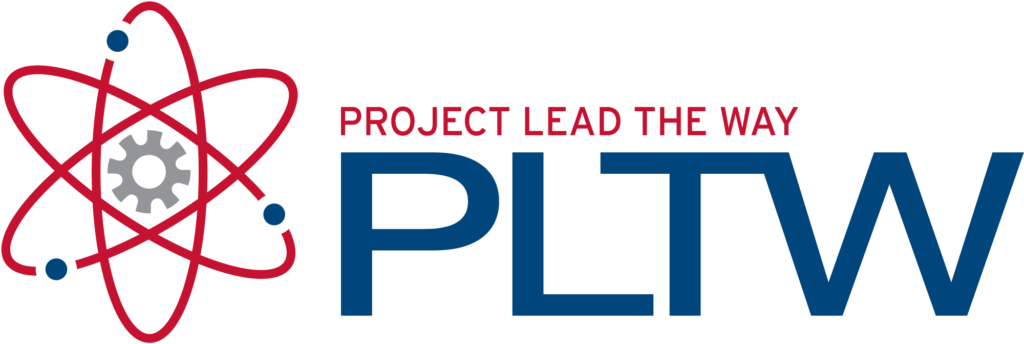
Green Mindset
“At least two states (MD, ND) offer green pathways or courses through Project Lead the Way (PLTW). As a non-profit, PLTW provides curricula and teacher training for hands-on STEM learning from PreK-12. Their high school programs for computer science, engineering, and biomedical science are designed to prepare students for both college and career. PLTW has an environmental sustainability course within their high school engineering program.”
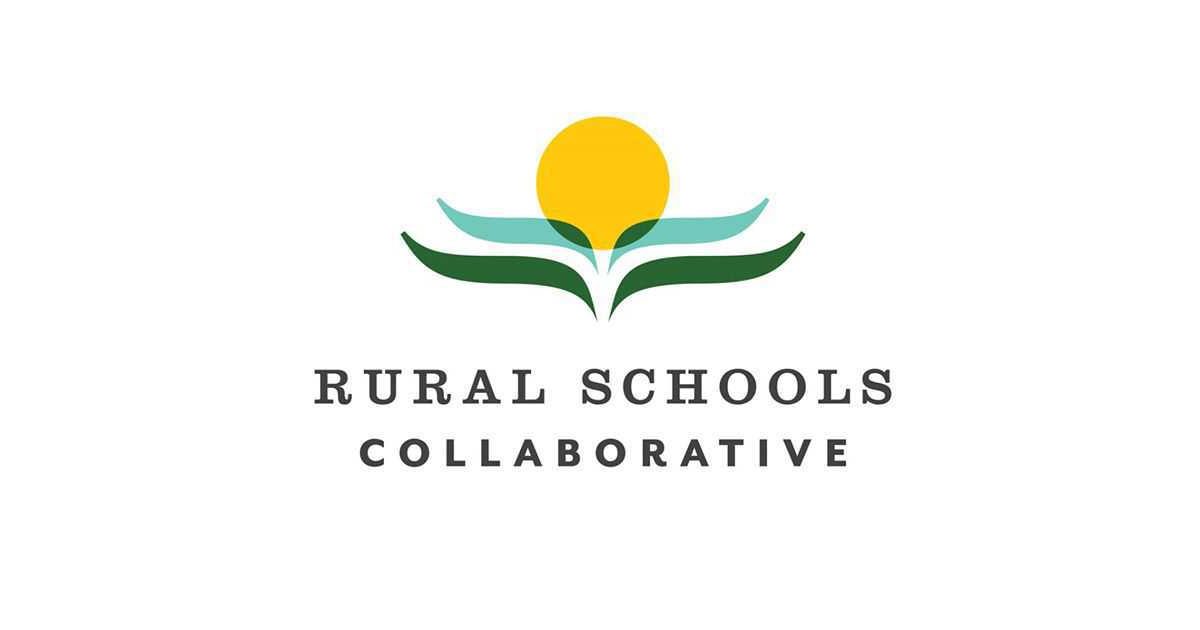
Project-Based Learning
A fellow of the Rural Schools Collaborative, Mark Roy, has initiated a project to establish a natural sagebrush community on campus with his school. This area will be used as a study area for science and as a cultural resource. Here, the school will apply indigenous knowledge with Western science practices.
With the guidance of elders and the Fort Washakie Middle School Culture teachers, students will research and attempt to plant members of the sagebrush community that are traditional medicines. The Social Studies teacher will incorporate the project into an indigenous economics unit. The Industrial Arts teacher will support the community lead construction of a geodesic dome greenhouse on campus to facilitate the growing of plants for this and future projects.
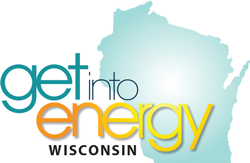
Energy Education Program
Wisconsin’s K-12 Energy Ed Program (KEEP) partnered with Slipstream to produce these videos for students. This program has also resulted in a list of energy career pathways. Similarly, they have developed a slideshow for helping grades 5-12 consider energy careers.
Climate Action Plans
A climate action plan involves the creation of a framework for measuring, planning, and reducing greenhouse gas (GHG) emissions and related climatic impacts. Sometimes this is done at the city level, but many schools and districts have begun creating climate action plans often prompted by student concern. These plans typically include existing emissions, reduction goals or targets, as well as next best steps.
Nudged by students, Denver Public Schools set out to co-create a climate action plan. Climate Action Pathways for Schools is a great organization serving California in helping districts identify and implement climate action plans. Recently Undaunted K-12 put out a Climate Action Plans for School Boards Toolkit which is a great starting place for school board members anywhere.
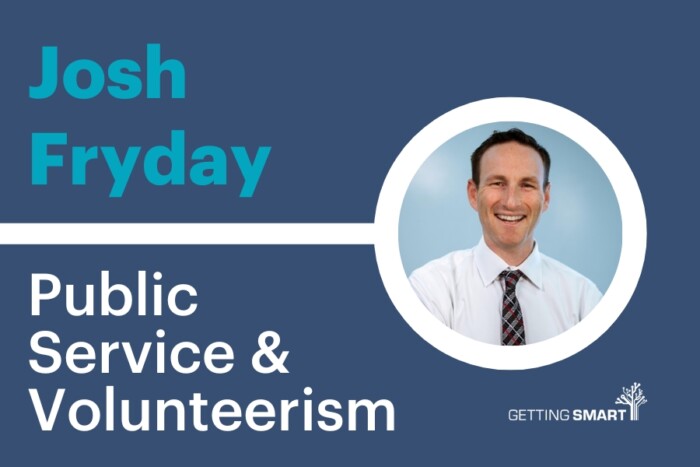
Josh Fryday on Climate Action Corps
California has implemented a Climate Action Corps program to get students real hands on experiences, payment and involvement in our green future. We sat down with Josh Fryday to discuss this program.
Reskilling Teachers
Supporting and equipping educators has been a key strategy for many working to bring climate literacy and green skills into schools. Professional learning programs, tools, and resources are continuing to pop up to support those working in the field to design learning experiences to engage students in these topics. Most efforts appear to revolve around pedagogy and practice to ensure teachers feel confident and knowledgeable enough to teach the subject, while also having practical ideas and strategies to engage students to take climate action.
Efforts and ideas abound – from outdoor classrooms to service learning with an environmental focus to sustainability days and weeks – teachers are acting as key drivers to help students develop their climate literacy. For time immemorial, there have been those who have incorporated place-based learning through the outdoor classroom, community gardens, etc. These initiatives not only help build a more sustainable future but also have huge positive impacts on students’ mental health.
While this strategy is making strides to ensure more students have access to some sort of climate literacy, it’s clear that not everyone has access to this sort of training. In addition, many educators do not have the bandwidth to create more long-term, impactful programming. It should be the responsibility of the school head or district to ensure teachers:
- have access to training to improve their own climate literacy ;
- have support (e.g. time and funds) to design learning experiences;
- have strategy (this might include employing a Sustainability Director) to be more intentional with efforts and provide pathways to students.
Processes like PBL or STE(A)M nicely facilitate embedding this curriculum in learning, and many teachers are acting as catalysts to bring sustainability into their schools and districts, and are supporting and elevating the voices of youth who are working to ensure this is part of their educational journey.
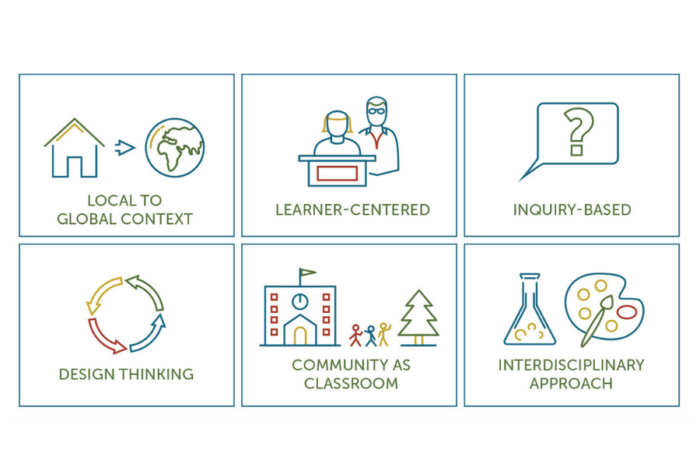
Place-Based Education Design Principles
In 2017, we embarked on a campaign to highlight the power of place-based education and connecting with community. These classroom and curricula practices can be great ways of building a sustainability mindset and getting young people thinking about their environment, as well as the global environment.
Sabrina Zhang and Jack Prater on Global Challenges
Student Sabrina Zhang and mentor/teacher Jack Prater recently participated in The Earth Prize, a global competition where students engage in combatting climate change.
Infrastructure
Beyond pedagogy and curriculum, schools are recognizing the value of rethinking how they operate so that they contribute towards a cleaner, and healthier world. The switch to renewables and clean transportation has proven to be a cost-saving mechanism for many districts, which can also lead to meaningful CTE. Generation 180, a leader in helping schools make the clean transition, has found that schools that invest in renewables are often able to craft learning opportunities and engage students in transition. Not only do schools reduce their footprint, but they save on costs while also creating quality career pathways for students.
The cafeteria and the schoolyard are providing students with other outlets to gain green skills. Community gardens and green spaces are helping students to learn about biodiversity, connect with nature, and grow their own food. The school menu offers an opportunity for students to learn healthy eating habits and reduce the school’s footprint by offering plant-based options. Nature and healthy eating are both linked to well-being. While not a direct CTE path, these opportunities help students gain important habits that they can apply through life and career.
It’s critical that leading by green example is made a priority by the school district. Schools with the most success hire to ensure someone is able to lead this work (like a Sustainability Director, or a delegated Climate Action Plan leader).
Generation180
Gen180 recently assembled leaders from across the county for the first-ever Clean Energy Schools Symposium — a national convening of school decision-makers who have flipped the switch to clean energy at their schools and are actively inspiring and supporting other schools across the
country to do the same. Some of the key takeaways are collected at the blog below.
Green Schools National Network
Green Schools National Network is a group of schools in the United States that have made a commitment to sustainability at the facilities level. This commitment is also tied to a whole child framework of equity, health and more.
Climate Action Pathways for Schools (CAPS)
CAPS selected Porterville Unified School District to pilot their sustainability and energy program, aimed at reducing greenhouse gas emissions for a historically marginalized community at high risk of the impact of pollution. The goals of the program are to save money on behalf of the school district, protect the environment and advance education. CAPS offers a paid work-based learning internship, in which students lead the charge for their school district in managing energy conservation efforts through energy audits, analyzing energy usage and reducing district transportation emissions. High school students are gaining essential college and career readiness skills in preparation for the green economy.
Sustainable Futures Climate Summit
Ulster BOCES‘ Sustainable Futures Climate Summit (SFCS) is a forum for our young leaders to share their ideas and support each other as they
translate those ideas into action. The 2024 summit hosted 225 educators, students, and experts
in the field, and fostered multigenerational conversations about sustainability. Student presentations included the Electric School Bus Project, Equitable Dress Codes, and Factory Farming. Ulster BOCES Career and Technical Education students illustrated
their workforce readiness by sharing how sustainability is germane to their trade.

